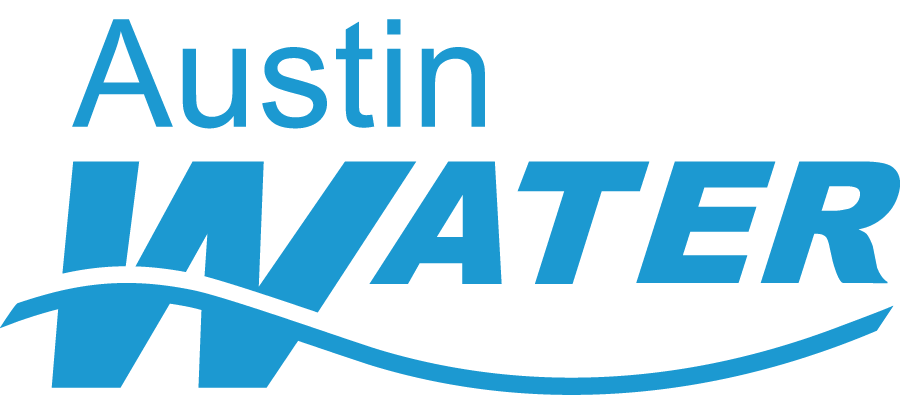
City of Austin
FOR IMMEDIATE RELEASERelease Date:
Contact: Austin Water Public Information Office Email

Recent water quality testing for 29 chemicals shows little to no traces
Austin Water released today the results of Environmental Protection Agency (EPA) water quality tests, which show little to no detectable traces of per- and polyfluoroalkyl substances – or PFAS – chemicals in the City’s drinking water.
The EPA’s rule, called UCMR5 (Unregulated Contaminant Monitoring Rule 5), requires drinking water providers like Austin Water to measure the level of 29 specific PFAS chemicals, six of which are proposed for upcoming regulation. The EPA will use the results to determine future regulations surrounding PFAS.
Austin Water conducted its first round of quarterly PFAS sampling in October 2023. Those test results have been verified by the EPA and are publicly available here. Austin Water awaits analysis and EPA review on a second round of water samples taken this quarter. Test results and verification take approximately 90 days. Two additional rounds of PFAS testing will be conducted by the end of the year.
Specifically, October’s test results showed that:
- Treated tap water from all three Water Treatment Plants was non-detect for the six PFAS compounds currently proposed for regulation by the EPA.
- Of the 29 PFAS compounds tested, only Perfluorobutanoic Acid (PFBA) was detected in the range of 5-8 parts per trillion, or the equivalent of a few drops of water in 20 Olympic-sized swimming pools. PFBA is not currently proposed for regulation, and the EPA has not set a health advisory level for this compound. According to the Texas Commission on Environmental Quality, PFBA has been commonly found in PFAS samples around the state.
“Austinites should be proud of the environmental protections that have been in place for decades to protect our water quality at the source,” said Interim City Manager Jesús Garza. “These regional efforts to reduce the presence of pollutants in the Highland Lakes continue to protect our community today.”
Austin’s water supply benefits from the many environmental protections that have been in place for decades like the Lower Colorado River Authority’s Clean Rivers Program and area watershed land and water use regulations. As a result, the Highland Lakes, which are the source of Austin’s drinking water, are less impacted by industries and activities that produce the contaminants.
“Austin Water’s number one priority is to protect public health and keep our water safe for all of our community’s drinking water needs,” Austin Water Director Shay Ralls Roalson says. “We’re pleased that this round of test results confirms that our customers are drinking the high-quality water they deserve.”
“Austin Water has been following EPA's rule proposal on PFAS closely to determine the most appropriate testing protocols and treatment options to ensure that we continue to meet federal and state drinking water standards,” says the utility’s Water Quality Manager, Kasi Clay. She also explained that Austin’s drinking water supply remains at a lower level of risk for PFAS contamination.
According to public EPA information, PFAS substances, often referred to as “forever chemicals,” are a group of manufactured compounds that have been used in industry and consumer products, such as carpet, textiles, and packaging, since the 1940s. The EPA is currently evaluating exposure to PFAS in drinking water to provide guidance on which chemicals pose health risks and at what levels. PFAS chemicals do not originate at Austin Water and can be present in water, air, fish, and soil at locations across the United States and throughout the world.
“While non-detect or low trace-level sample results are always encouraging, Austin Water remains focused on protecting our water supply and providing high-quality and reliable water services to our customers,” Roalson said.
Details on Austin Water PFAS monitoring tests are available at: Water Quality Reports | AustinTexas.gov. This information will be updated as future rounds of test results are conducted and verified.
About Austin Water
Austin Water provides safe, reliable, high quality, sustainable and affordable water services that have met the community’s needs for over 100 years. Austin Water services over 1 million people in the Austin metropolitan area across more than 548 square miles.

